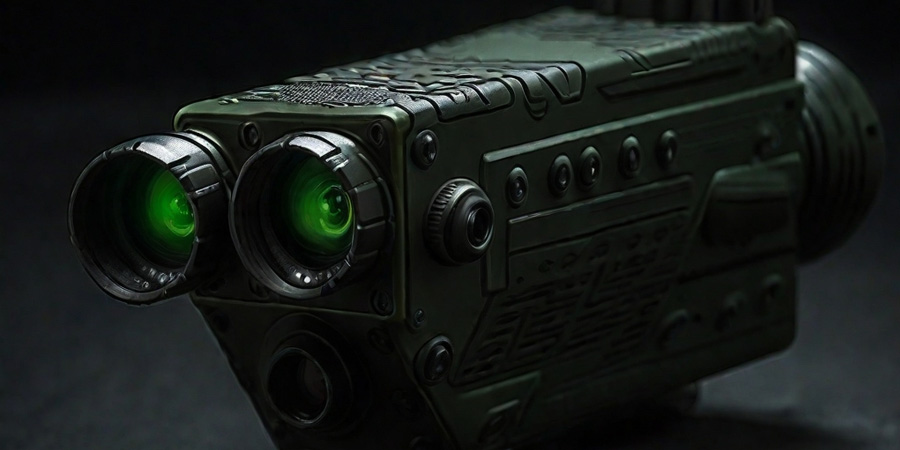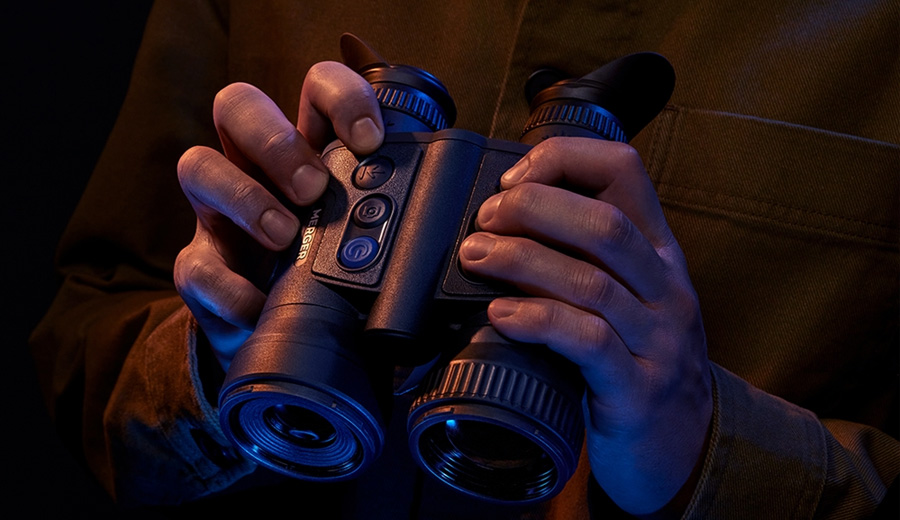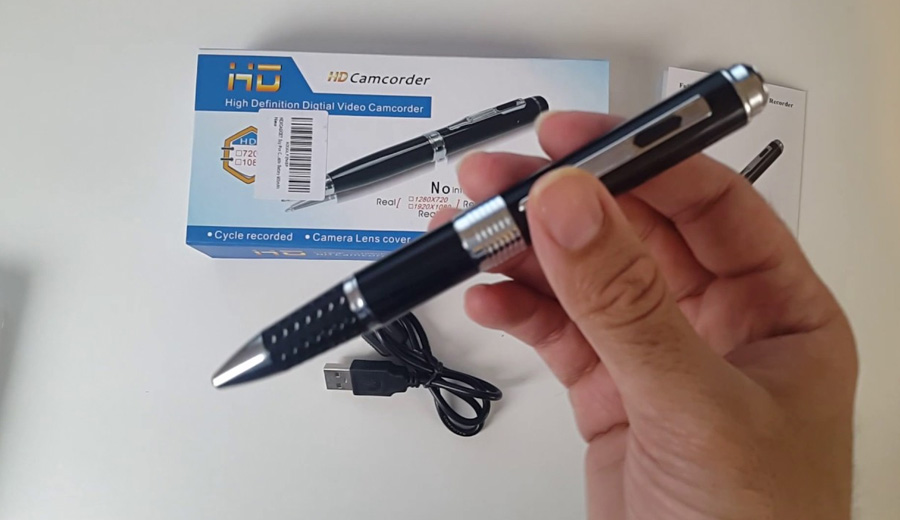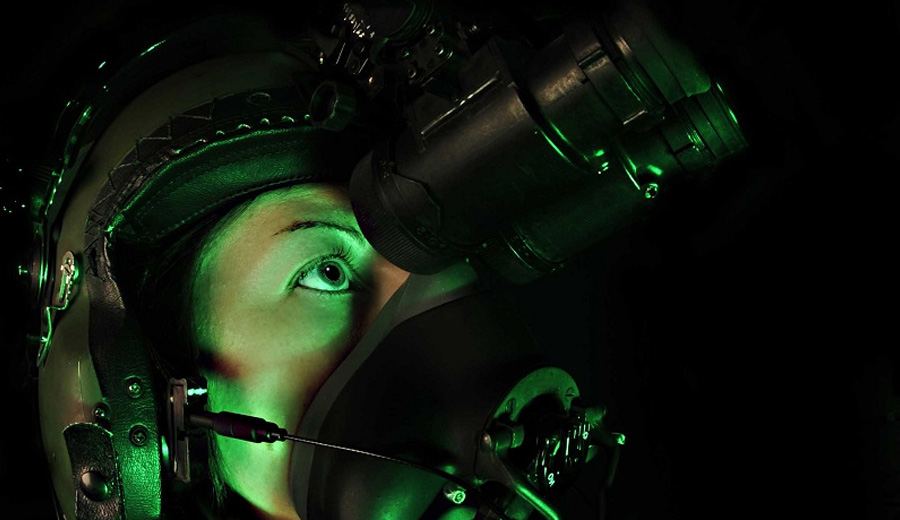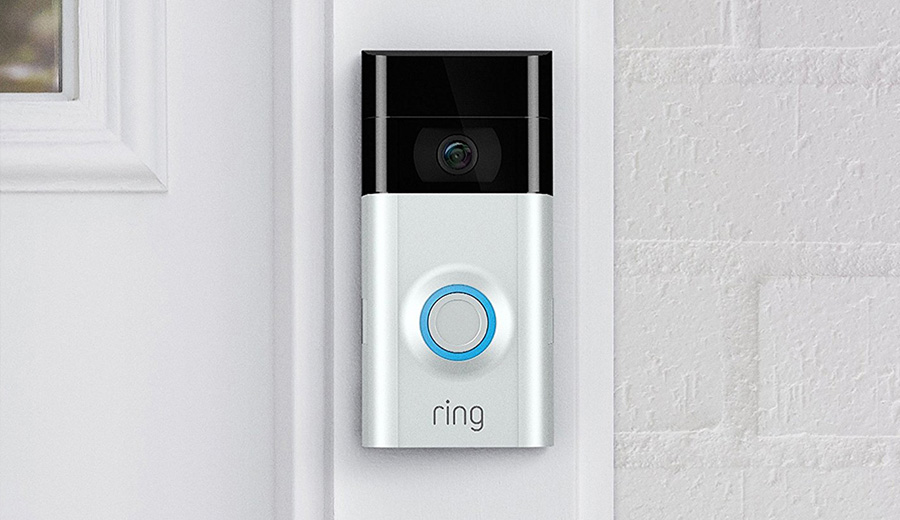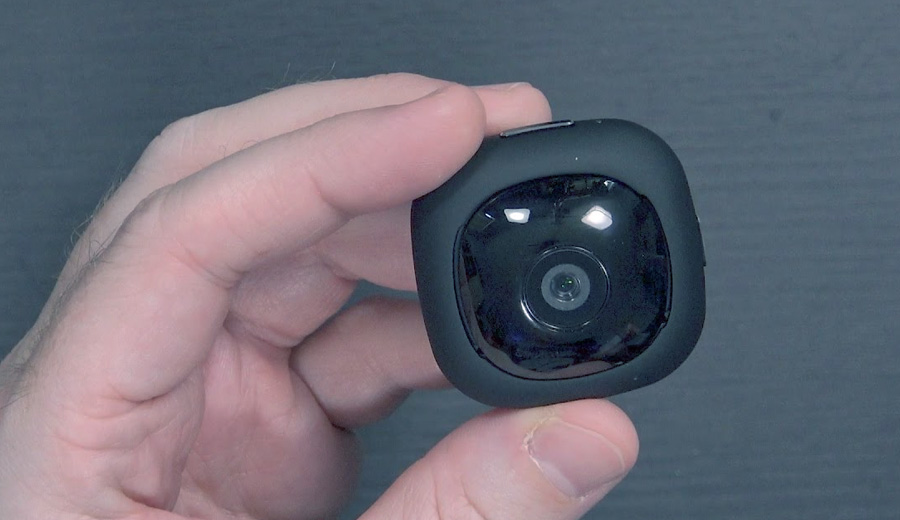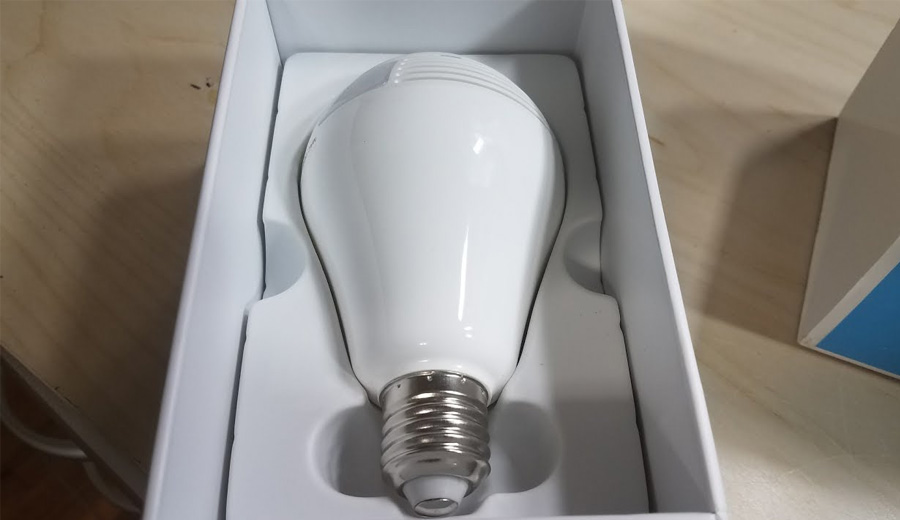Do you need a night vision spy camera? For home security, hunting or wildlife observation, or even for secret surveillance.
Selecting the best night vision camera will help you avoid pitfalls along the way. There are many types of cameras available in the market with their special traits and functions, making a decision quite a daunting task.
Don’t worry, we will help you in choosing the ideal night vision camera for your personal needs. This article will give you a few helpful tips needed to make the right decision.
Assess Your Needs
Hence, first and foremost, you should know exactly what you want from the night vision spy camera.
Here are a few key questions to ask yourself:
- Where Will You Use It? Are you using the camera for indoor, outdoor, or both situations? For example, Different environments may require different features, such as weather resistance.
- What’s Your Budget? There are a lot of different price points when it comes to night vision cameras. Develop a reasonable budget so that you may filter down your choices and not waste money on something you don’t need.
- How Important is Image Quality? Do you want clear, detailed pictures or do you just require the detect people, animals in darkness? This will affect your decision of technology be it infrared or thermal.
- How Discreet Do You Need to Be? Think about whether you would want a camera that is tiny and easily hidden or security camera that hangs on the roof of a house or office building.
- What Range Do You Need? Consider the distance spy camera must reach. Some of these cameras have limited night vision range, while others, can see much further in the dark.
Understanding Night Vision Technologies
To make an better informed decision, it’s crucial to understand the two primary night vision technologies available: Infrared (IR) and Thermal Imaging.
Infrared (IR) Night Vision
How it Works: IR night vision cameras use infrared LEDs to emit invisible light, illuminating the area. The camera’s sensor then captures the reflected IR light to create a visible image.
Pros:
Affordable.
Very good in face and object recognition.
Invisible to the human eye.
Cons:
Limited range (usually 20-50 feet).
Vulnerable to weather conditions.
Best For: Suitable in well-lit locations, indoor surveillance and instances where high quality images are crucial.
Thermal Imaging
How it Works: Thermal cameras take advantage of objects producing heat. A thermal image gives warmer objects a brighter appearance while presenting cooler objects in a darker shade.
Pros:
Very flexible, operates in total darkness, fog and smoke.
Long-range capability.
No reliance on visible light.
Cons:
Less detail; it is good for coarse object or face recognition.
Usually costlier than the IR cameras.
Best For: Outdoor surveillance in low-light or total darkness, search and rescue operations, wildlife observation.
Choose the Right Form Factor
After you assess your needs and camera choice, select the type of camera body. There are various shapes and sizes night vision cameras are available in. The choice here depends on your specific needs and wants:
- Mini Cameras: Very small and discreet enough for secret surveillance; however, with worse picture quality and filming distance.
- Bullet Cameras: These cameras have a cylindrical shape that makes it easy to install, allowing its application outdoors. These are often weatherproof. Sometimes waterproof.
- Dome Cameras: Cameras typically used for indoor surveillance are less apparent and provide larger angles of coverage.
- PTZ Cameras (Pan, Tilt, Zoom): They allow for camera pivot. They are perfect for tracking large territories, controlled remotely via internet.
- Hidden Cameras: These are ideal for concealed use during covert operations and are meant to be disguised within everyday objects.
- Trail/Game Cameras: These trail cameras are built to endure outdoors environment and sometimes to also capture animal activity.
Consider Additional Features
Night vision cameras often come with a range of additional features that can enhance their functionality and usability:
- Motion Detection: Such cameras use motion sensor and thus start recording only when there is motion to keep the storage space from being overcrowded with video footage.
- Remote Viewing: Ensure that you buy cameras which are capable of connecting with your mobile phones and computers, through which you can view your footage immediately.
- Audio Recording: Audio recording functions are also found in some cameras. These are crucial for surveillance or wildlife observation.
- Recording Options: Cameras with SD card slots or cloud storage support are beneficial if you need to save and review footage.
- Weather Resistance: Make sure that the camera you intend to take outside is weatherproof as you’ll most likely encounter some harsh weather conditions once in a while.
- Wireless Connectivity: In addition, look for cameras with Wi-Fi or Bluetooth connectivity for easy installation and remote monitoring.
Seek Professional Advice
However, if you don’t know which night vision camera or cameras to buy, consult with an expert or a surveillance technology professional. They are in a position to provide customized recommendations depending on your conditions and circumstances.
Conclusion
The other important consideration with regard to selection of appropriate night vision surveillance camera involves the environment in which the camera shall be utilized.
Additionally, one should consider the nature of objects being surveyed and how large the area is in terms of requiring the detection, identification, or recognition of any objects.
The type of camera and where it should be positioned will also play an essential part in defining the needed features of the camera.
As such, if it was placed on a low position that could be easily accessed it would probably suffer from vandalism or sabotage of some sort. In such a case, the end users should also consider the camera’s impact or IK ratings.
Good weather protection of the front of the glass is necessary if the camera gets exposed to harsh weather conditions, like rain, snow and so on.

